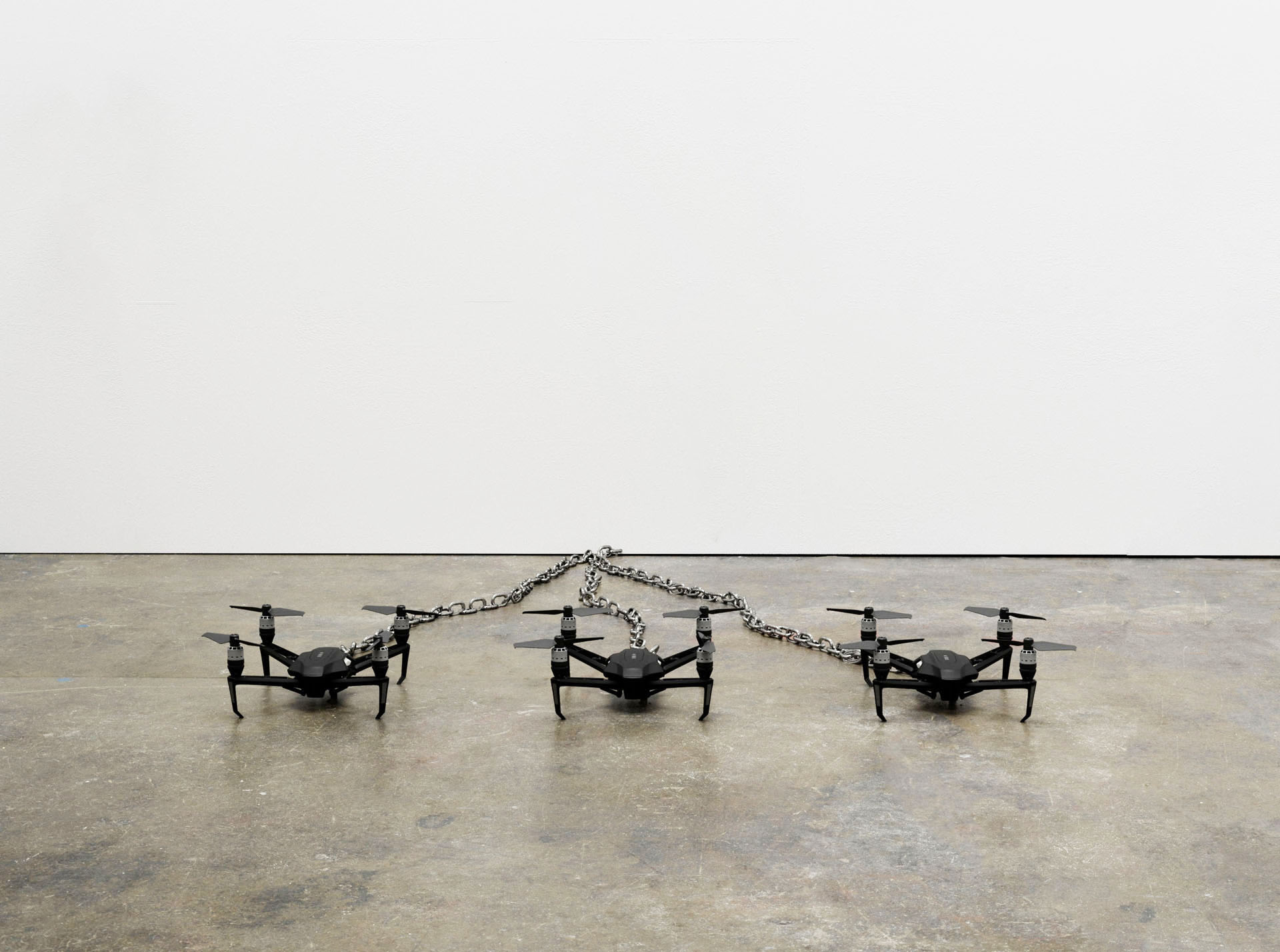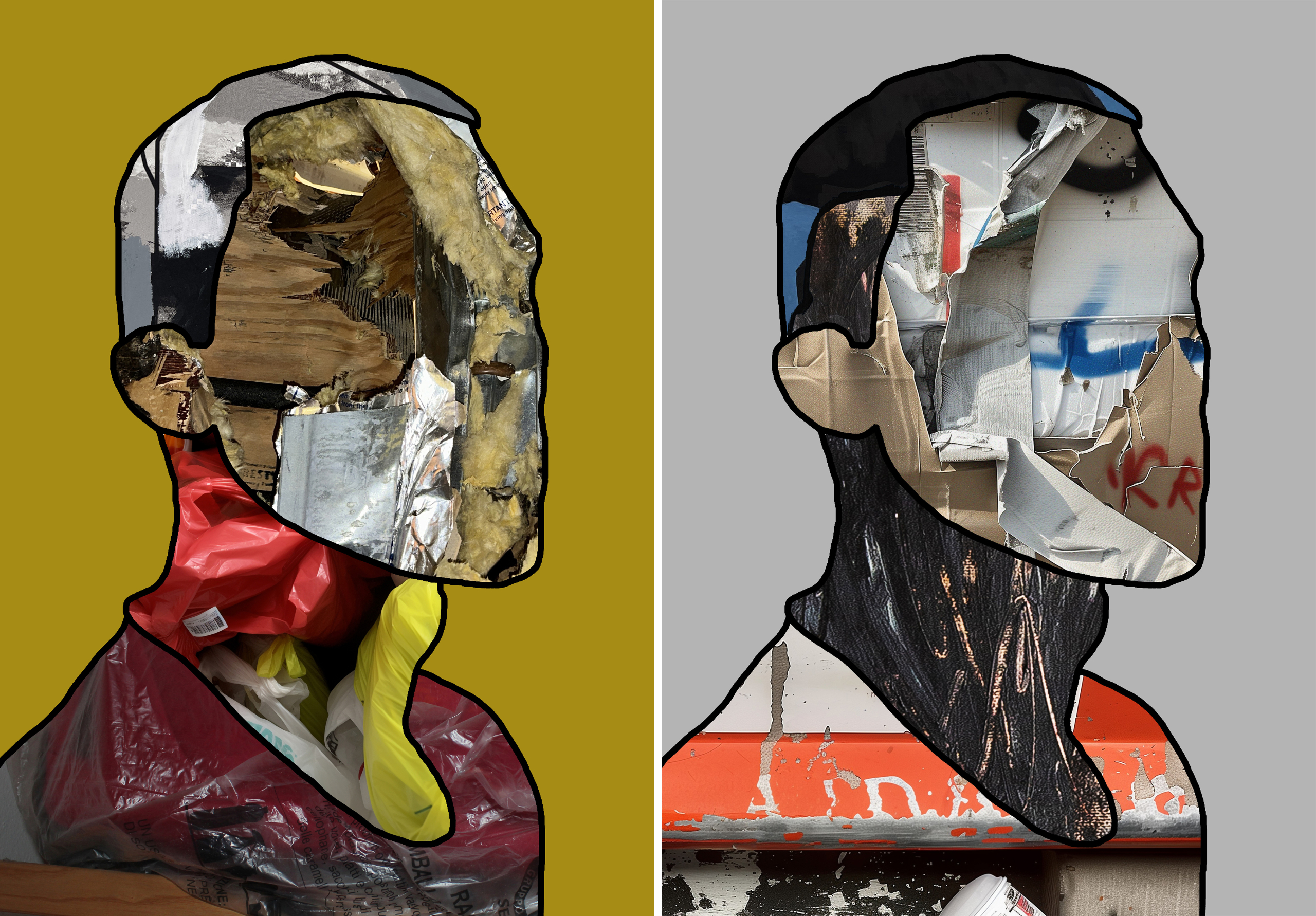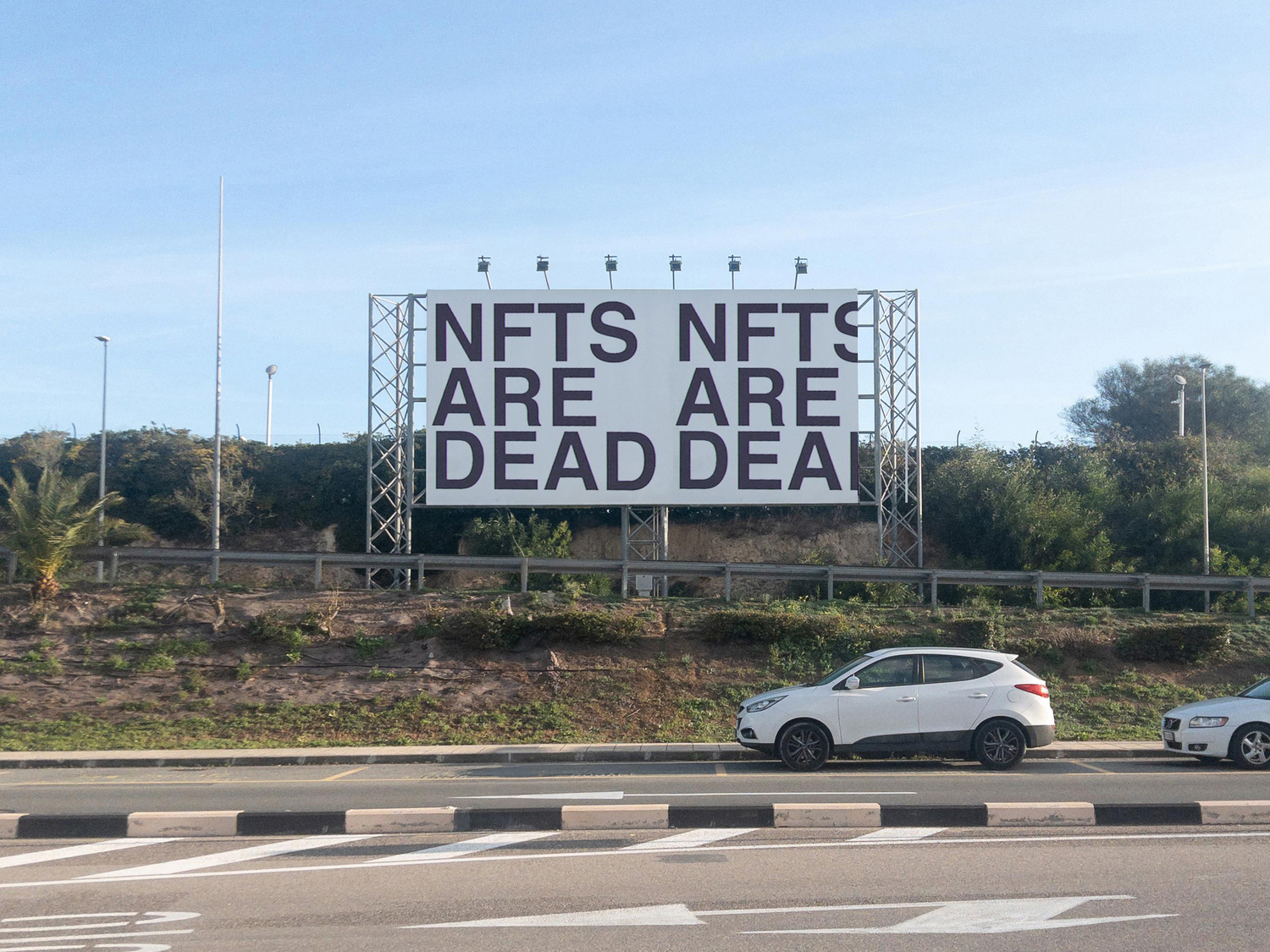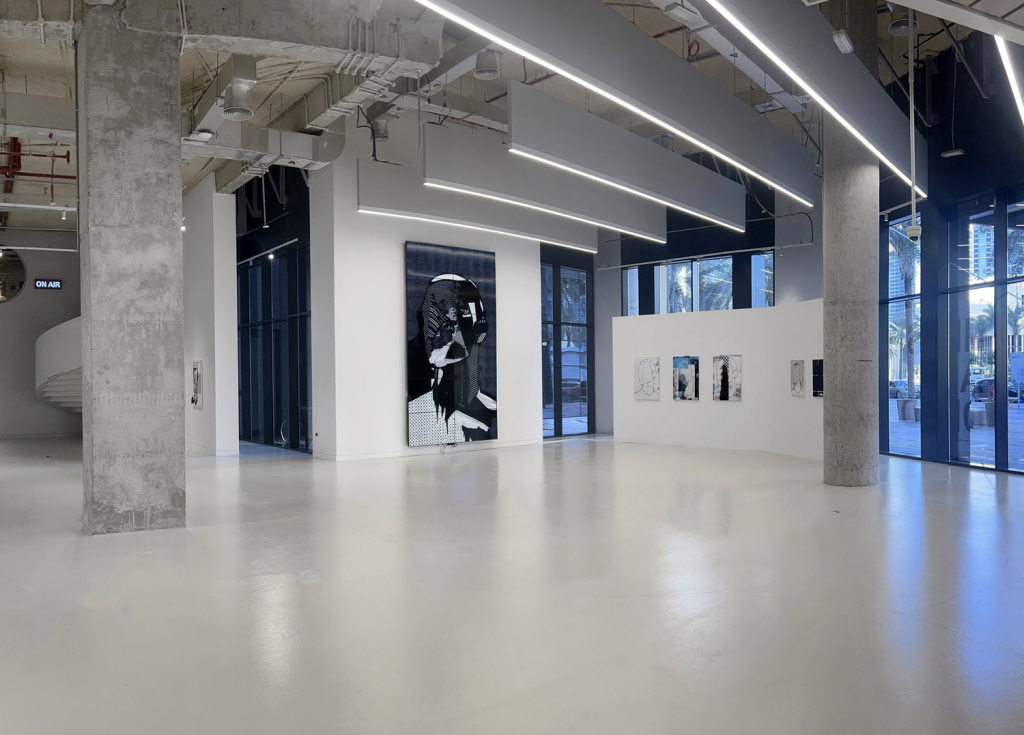IN THE UNPREDICTABLE REALM OF NFTS, THE TRANSCENDENTAL PROJECT SKYGOLPE TAMES THE TIDE AND SUCCEEDED AT CHRISTIE’S BACK-TO-BACK!
Project by Niccolò Lapo Latini
SKYGOLPE, Liguria, 21st August 2024 // At Skygolpe Studio // Working on a new body of work for his upcoming international exhibition, Paint on Pixel New York, in December.
After conquering Christie’s first in New York and then in Hong Kong, the Skygolpe project establishes itself as a bearer of value and success in the turbulent ocean of the NFT market. Embraced by the waters of the Ligurian Sea, in a small Italian town far from the chaos and perdition of the city, the still-unlocated Skygolpe studio is cradled by contemporary philosophy and introspection. The secret to an outstanding virtual collection? The matter, because even the abstract can never escape the tangible—there’s no avoiding the need for concreteness, both in life and in art. “To be born means to emerge from nothing; to die means to return to nothing: the living is what emerges from nothing and returns to nothing.” Emanuele Severino.

Skygolpe, Fly requiem, drones and oculus and chains, variable size, 2023.
You always refer to the word Skygolpe not so much as a stage name but more like a code name, or an actual code. Something transcendental, not a person but a project, a purpose.
The name Skygolpe represents a synthesis of two polarities that coexist out of necessity, both essential in my vision of existence. Sky, that evokes everything connected to an ideal, transcendent, and spiritual dimension. On the other hand, Golpe refers to power, chaos, and irrationality. These two forces characterize the human experience. The Skygolpe project was born not merely as an attempt to create a synthesis but as an effort to turn the gaze outward, provoking a clash outside of the opposites rather than within them.
Can you tell us about your journey with Christie’s from New York to Hong Kong?
The recent auction at Christie’s undoubtedly confirmed everything concerning the Skygolpe project’s conceptual foundation. A result like the one achieved in Hong Kong, where a Paint on Pixel physical artwork was sold for $129,000, not only surpassed the previous outcome at Christie’s New York but also laid the groundwork for the further development of a project that increasingly directs its gaze toward impactful and challenging goals in its evolution. This step also represents a further move towards the vision of increasingly connecting and merging the physical world with the digital one. In fact, each painting in the series is linked to its own digital certificate of authenticity using NFT technology. In this sense, it is essential to highlight that when discussing technological evolutions, we are primarily talking about new possibilities for tools and development.

Skygolpe, Untitled, Untitled, 2024.
Why don’t your faces have an identity? What lies behind the nothingness and the deep void encapsulated in the forms?
The silhouette certainly represents the synthesis of all my thoughts within the existentialist dimension, a segment that holds great significance for me within the philosophical landscape. The idea is to establish a connection with humanity without directly addressing the human. It is as if each silhouette embodies an existential void, a void that cannot be characterized but can only be subjectivized, a connection with the profound presence of the nothingness that envelops us.
Which alternative art form could you consider your muse? Cinema, music, or perhaps painting itself drawing inspiration from other authors.
I wouldn’t define either music or cinema as my muse, as my inspiration primarily stems from philosophy rather than any specific art form. For me, conceptualization is a way to explore the intuitive dimensions of existence well before connecting with any external outputs. Many thinkers have influenced my work, and lately, I’ve been particularly obsessed with the ideas of Emanuele Severino.
Many artists and digital creators prefer not to intertwine their work with politics or divisive socio-cultural issues. What is your stance on this, and also, do you believe that the NFTs market – being much more variable, dynamic, and unpredictable – could react differently compared to the traditional market if stimulated and provoked by an artist’s stance, clear alignments, or statements through their collections?
I believe that art is entirely free to explore any subject matter and any type of discourse precisely because its strength lies in its complete freedom of expression. It is undeniable that the early works, particularly around 2018-2020, the kind of art categorized as crypto-art, which includes the first pieces that became popular within the NFT segment, carried a much more explicit political charge, as they were directly connected to a discourse surrounding decentralization, especially in the economic sphere, and to the ethos of cypher-punk. Certainly, the landscape has now evolved completely. The political undertone is no longer as prominent, but let’s not forget that, being digitally native, NFTs inherently carry the concept of virality much more deeply within the collective psychology of artists and collectors. As for me, I am far more interested in highlighting this dynamic related to the concept of the crisis of narrative. We are in a moment where truth holds less and less weight, and tracing the source and gaining a clearer understanding of what should objectively constitute reality is becoming increasingly complex. This is why my recent projects focus on this theme through public installations, such as the piece “NFTs are dead,” which I created specifically to highlight these dichotomies within the interpretation of truth that we encounter. The public’s reactions on social media to the large-scale public display of this statement were an integral part of the artwork itself, revealing how people often react without verifying any source of context.

Installation view, Skygolpe, NFTs are dead (Public Install series), 2024.
What is your relationship with indecision in relation to your work in the middle of the creation phase?
I am not particularly fond of the term indecision; I believe indecision actually stems from a lack of internal alignment. Rather than indecision, I much prefer the word contradiction, as I think it is essential in the creative process to systematically question any truth in order to evolve concepts and strengthen them in their deepest essence.
Do you think the NFTs market-factor amplifies or reduces your level of productivity? If Web 3.0 didn’t exist, would you produce the same number of pieces?
Web 3.0 and the realm of NFTs have certainly transformed my approach to artistic creation, but I wouldn’t say they have amplified or reduced my productivity in an absolute sense. Rather, they have introduced new possibilities for exploration and cross-pollination between physical and digital dimensions, allowing me to expand my research in directions I might not have otherwise considered. If Web 3.0 didn’t exist, I would probably have produced the same number of works, but they would have been different, shaped by a dialogue with other tools and mediums. My need to express myself and explore existential polarities is not tied to a particular technological context but is rooted in a constant “creative” drive, independent of the means used.
An artwork always has value. But in the NFTs world, unlike visual and figurative arts, the value of a work takes on the same importance as the work itself, precisely because the process of assigning and varying its price is the basis of the Web 3.0 market. Nifty, SuperRare, OpenSea don’t host exhibitions, they aren’t proper galleries. The main purpose is buying and reselling. Do you think this is a healthy concept for the art world – and especially for an artist – to have such close contact with the evaluation of their work? Could there be a risk of losing creative spirit and authenticity?
The notion of the artist as an entity entirely detached from the market has historically served the interests of the market mechanisms that exist independently of the artist. However, when we acknowledge the shifting dynamics within the creation-consumption relationship, it becomes evident that this newfound responsibility can, in the long term, cultivate a more autonomous approach to self-governance. This does not imply that artists will suddenly gain full freedom to navigate their creative and economic endeavors. Rather, by challenging the established precedent, we introduce the possibility for the market to undergo a profound re-evaluation of its own structural underpinnings. In this context, the traditional monopoly, characterized by its grasp on the market’s mechanisms, starts to reveal significant fissures, suggesting the potential for a gradual yet significant transformation.
21st Century Day Sale, 05292024, Christie’s, Hong Kong, HK LOT #387, Skygolpe, PX83715 (Paint On Pixel series), 2023.
Surely another important segment of the Web 3.0 market is collecting. Do you think that’s why most creators and buyers in the NFT world – not to mention those who statistically open a MetaMask account or their own wallet – are male? If you think about it, collecting has always been inherent in the male gender since childhood: football stickers, toy cars and soldiers, stamps, playing cards, etc. Do you think the system could have been designed considering this factor too?
I find this discussion rather sterile and devoid of value, as I believe that focusing on these topics benefits no one. Like all new concepts and technologies, collecting, whether traditional or NFTs, can certainly represent an evolution that merely reflects the state of society. Therefore, I believe that the expansion of the boundaries of collecting can indeed be facilitated by NFT technology, as it inherently possesses a kind of horizontality intrinsic to the very concept of the technology.
Throughout your work so far, there’s always been a strong connection between the physical and the digital. Do you intend to continue exploring and maintaining this relationship in the future?
The relationship between the physical and the digital is a central theme in my work, as it not only reflects my practical-processual approach but also epitomizes the hybrid stage that best represents the current state of our society. We are increasingly intertwined with a meta-dimension, where our digital identity asserts itself with a growing and often violent presence within our lives. The synergy with the digital realm has been a persistent thread throughout the physical installations I have conceived over the years. In these works, technology assumes a dual role, both as the central subject and as an implicit observer. This duality is crucial, as it underscores the omnipresence and increasing dominance of technological apparatuses within the sphere of human existence. It is as though these systems are evolving towards a state of self-awareness, subtly asserting their influence and agency. This dynamic not only challenges traditional boundaries between the observer and the observed but also invites a deeper contemplation on the burgeoning consciousness of technology itself. Moreover, another primary focus of my work now is the exploration of artificial intelligence. I am profoundly captivated by all the disruptive elements that intersect with the artistic dimension.

